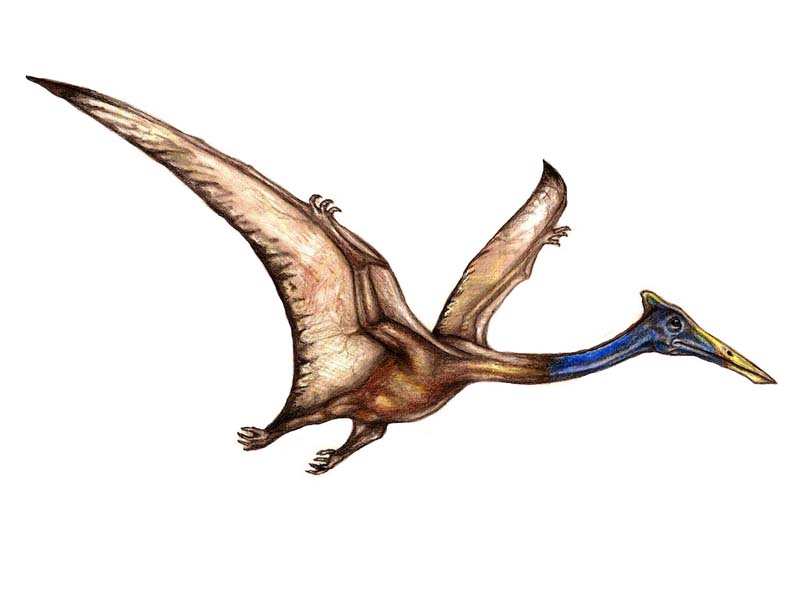
Bakonydraco galaczi
Bakonydraco was an azhdarchid pterosaur, an active flyer with a wing span of 3.5-4 meters…
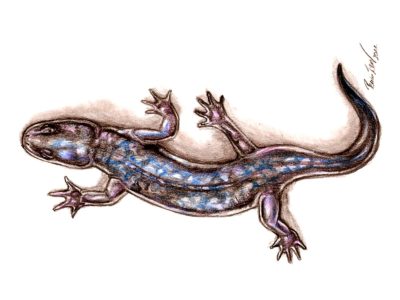
Albanerpetontids are salamander-like amphibians, the sister-group of salamanders and frogs and they lived during the Middle Jurassic to the Pliocene. The Late Cretaceous amphibian fauna is mainly dominated by frogs and Albanerpeton-like amphibians whereas salamanders became much less dominant.
Albanerpetontid fossils from Iharkút are fragmentary and the frontal bone, being a characteric element of their skeleton, is missing from the material available from the locality, thus the remains can only be tentatively referred to Albanerpeton (Figure 1). Taxonomic identity is further supported by the fact that this was the single known genus of albanerpetontids in the Latest Cretaceous of Europe. Some of the albanerpetontid fossils are extremely large, being 20% larger than the elements of the largest species, Albanerpeton inexpectatum. The iharkút amphibians are of great importance because they fill the gap in the record of the group betweeen the Early Cretaceous to Campanian.
Albanerpetontids were most probably fossorial during the day and could have been more active during the night. They probably lived rather far from the riverbanks and lakes in relatively drier lands.

Bakonydraco was an azhdarchid pterosaur, an active flyer with a wing span of 3.5-4 meters…
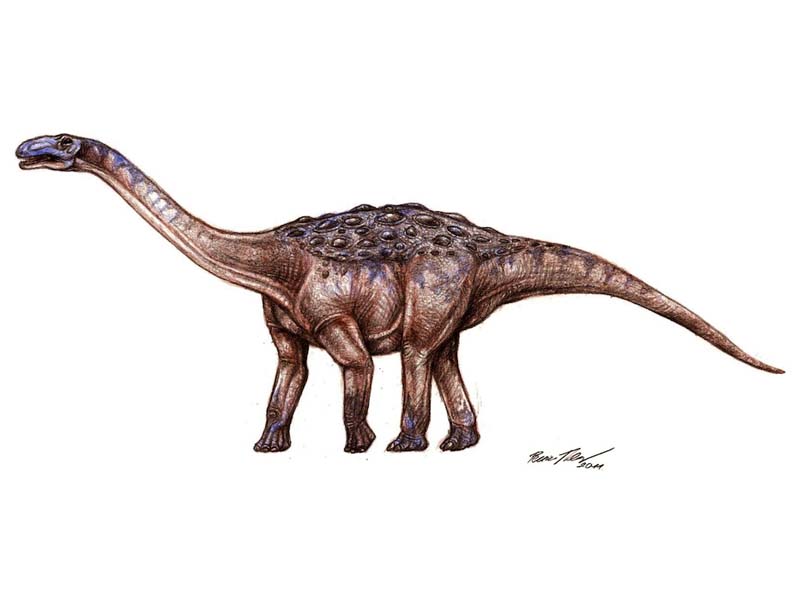
Based on the findings collected from the Late Cretaceous of Europe, it was assumed that an approximately 22 million years long period…
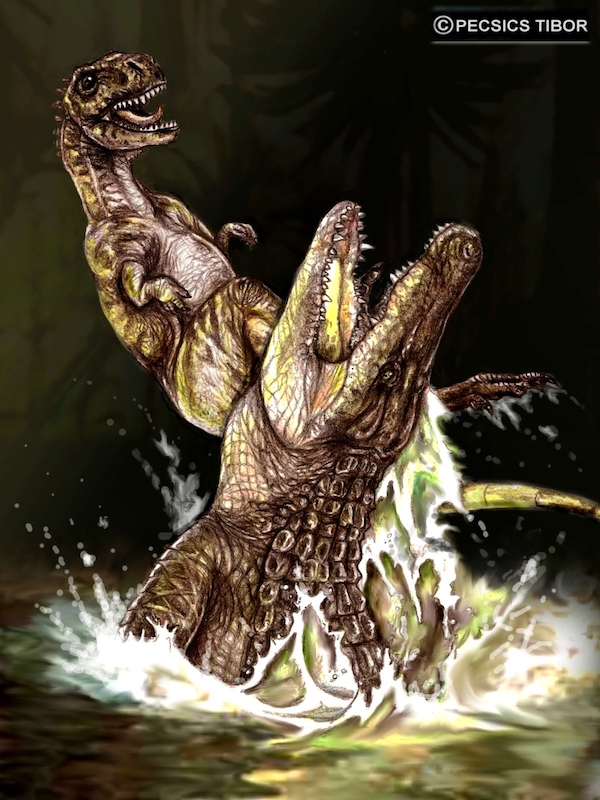
Several skull and mandibular elements from Iharkút are assigned to a midsized crocodilian that is relatively widely considered to be closely related…
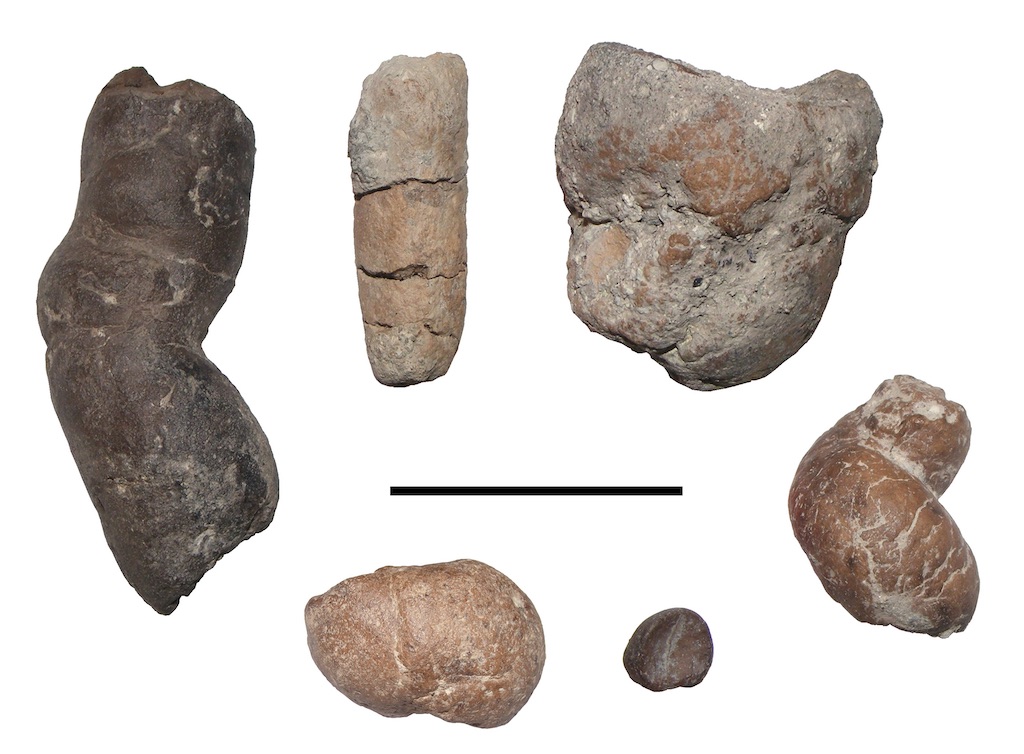
A large number of coprolites have been found at the Iharkút vertebrate locality during the excavations…